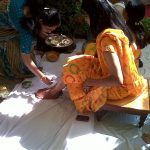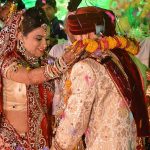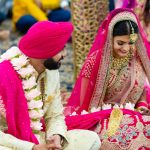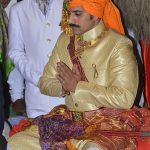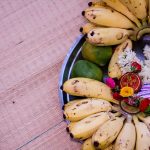Jainism is practised in many places in India with a majority of the Jain population in the states of Maharashtra and Rajasthan. A Jain marriage is generally arranged within the Jain community by the families of the bride and the groom. It is celebrated with great joy and enthusiasm. A Jain marriage can be performed by a Jain pundit or a respected member of the community who is capable of conducting it through complete knowledge of the Jain wedding rituals list and the Jain wedding tradition.
Shwetambar And Digambar Traditions
The two major sects within the Jain community are the Swetambar and Digambar Jains. The Swetambar Jains are spread over the states of Rajasthan, Uttar Pradesh and Karnataka and their Jain wedding rituals more closely resemble those of the Northern states. Since the Digambara Jains are larger in number in the Western and Southern states of Maharashtra and Karnataka, their Jain wedding rituals list includes customs that are more peculiar to these states. However, the most important rituals are common for both the Shwetambar and Digambar Jains.
Jain Pre Wedding Rituals
Khol Barana and Tikka
The pre-wedding rituals start with the Khol Barana when the groom’s family members visit the bride’s home and give the family a silver platter of money and a coconut. The bride’s family also visits the groom’s house with gifts to the groom.
Lagna Lekhan
A pandit and close family members gather at the bride’s house. The pandit determines a good muhurta for the Jain wedding rituals to take place. Since this is essentially drawing a Lagna for the wedding ceremony, it is the Lagna Lekhan ritual. The bride’s family sends a formal document called the Lagna Patrika Vachan to the groom’s residence. It contains the date and time of the wedding as determined by the pandit. The groom participates in the Vinayak Yantra Puja. The Lagna Patrika Vachan is then read out to the groom’s near and dear who are assembled.
Mane Devru Poojai
This Hindu Jain wedding ritual is more common in the Jains of the Southern states. The families of the bride and the groom gather together. They pray to the family deity and ask for blessings for the upcoming marriage. The families pray for the Jain wedding rituals to go smoothly and without obstacles.
Sagai
The bride’s family visits the groom’s house and the bride’s brother applies a Tikka on the groom’s forehead. The families exchange gifts and sweets.
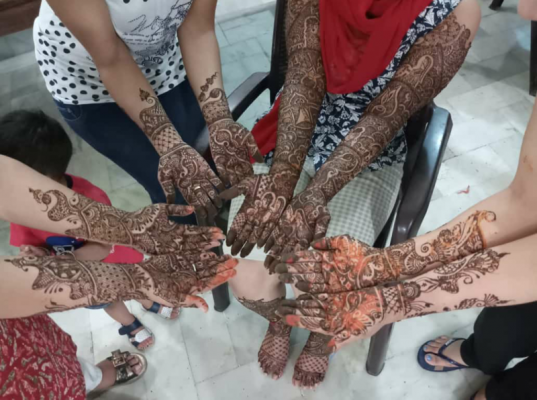
Mehendi
This is a fun Jain wedding ritual where all the female members of the families gather to apply henna designs on the hands and feet of the bride. It is usually a couple of days before the wedding and is a fun and festive occasion.
Bana Betai
The ritual bath before the wedding uses gram flour. While most other communities use Haldi, the Hindi Jain wedding customs dictate the use of gram flour. The married women of the family bathe the bride with a mixture of chickpea or gram flour. The same ritual is observed at the home of the groom where the groom bathea with gramflour. The old clothes of the bride and the groom are given away.
Mada Mandap
The Mandap chosen for the wedding is sanctified by the pandit in the Mada Mandap ceremony.

Thamba Prathistai and Kankanam Katusthathu
The priest conducts a pooja that sanctifies a sacred thread called Kankanam that he ties on the wrists of the bride as well as the groom. The couple does not see each other after this Jain wedding ritual until the wedding day.
Jain Wedding Rituals List
Wedding Attire
The groom wears a silk Sherwani and jewelry along with a Satladi, a seven-stringed neck worn with pearls and emeralds. A maroon or saffron headgear with an ornament is a part of the groom’s attire. The bride wears either a grand saree or Lehenga according to her preference or the family tradition. The bride also wears heavy jewelry.
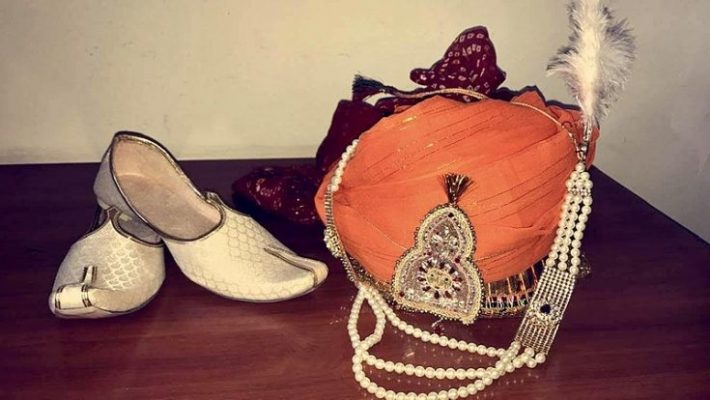
Ghudhchadi
The groom’s mother and elders bless him and apply a Tika on his forehead. He then mounts his horse and visits a nearby temple. The Baraat or the wedding procession makes its way to the wedding venue. The bride’s family receives the groom. The groom and the bride’s brother exchange coconuts. The bride’s mother receives the groom with an Arti and the other women present sing traditional songs called the Mangal Geet.
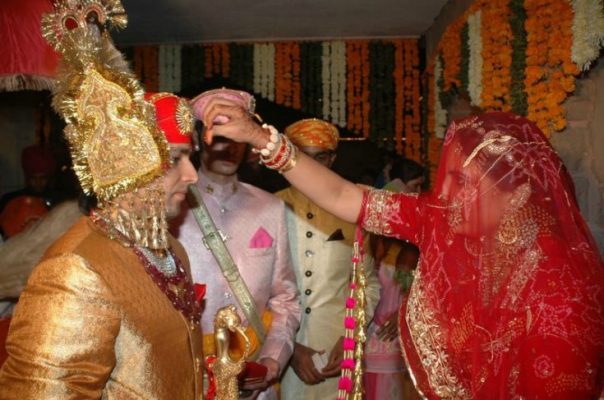
Kanyavaran
The bride’s parents place rice as well as coins in the bride’s hands and join the bride’s hands with the groom’s hands. The bride’s father announces that the couple is now married. The priest pours water on their joined hands thrice to sanctify the union.
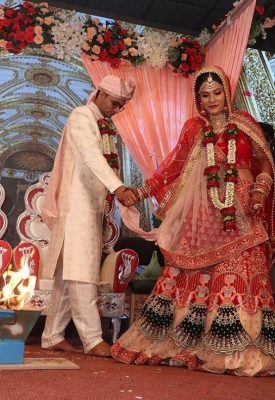
Granthi Bandhan
The clothing of the bride and groom, usually their scarves or saree ends, are tied together by a married female relative.
Pheras
The most significant of the Jain wedding traditions is the Pheras or the circumambulation of the holy fire four times. The bride walks ahead for the first circle and then the groom walks ahead thrice. The officiating priest chants the Mahaveerashtak Strot. The bride is now the Vamangi or better half of the husband. The newly married couple exchanges garlands and the holy fire is put out.
Jain Post Wedding Rituals
Ashirvada And Bidai
The couple seeks the blessings of all the elders present. The bride then leaves for her marital home.
Sva Graha Aagamana
The groom’s family as well as friends welcomes the bride in a grand manner.
Jina Grahe Dhan Arpana
The newly married couple visits a Jain temple and they then distribute money to the underprivileged.
Reception
A grand wedding reception is held to celebrate the marriage in the presence of the extended family and friends of the bride’s and groom’s families.






